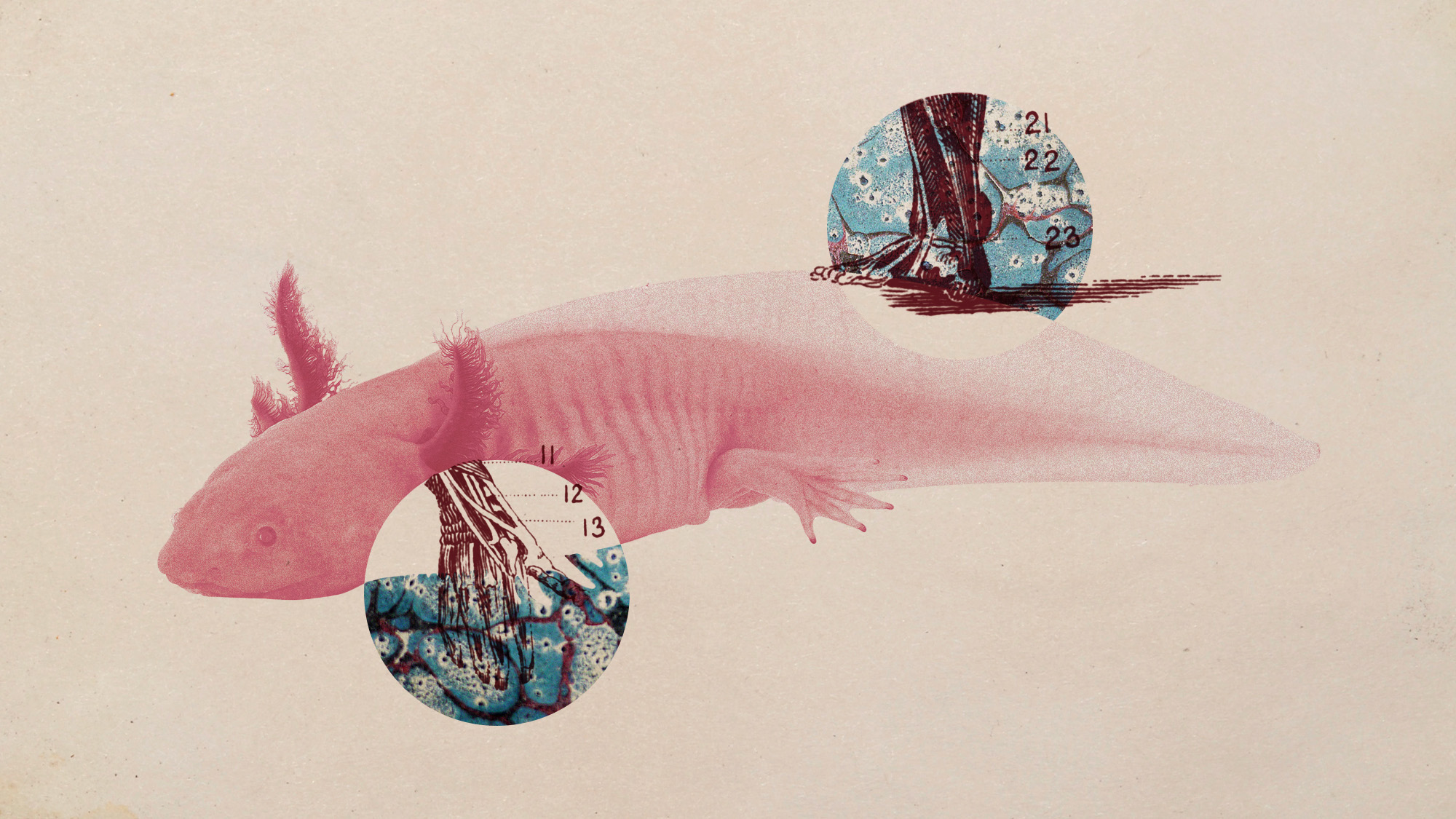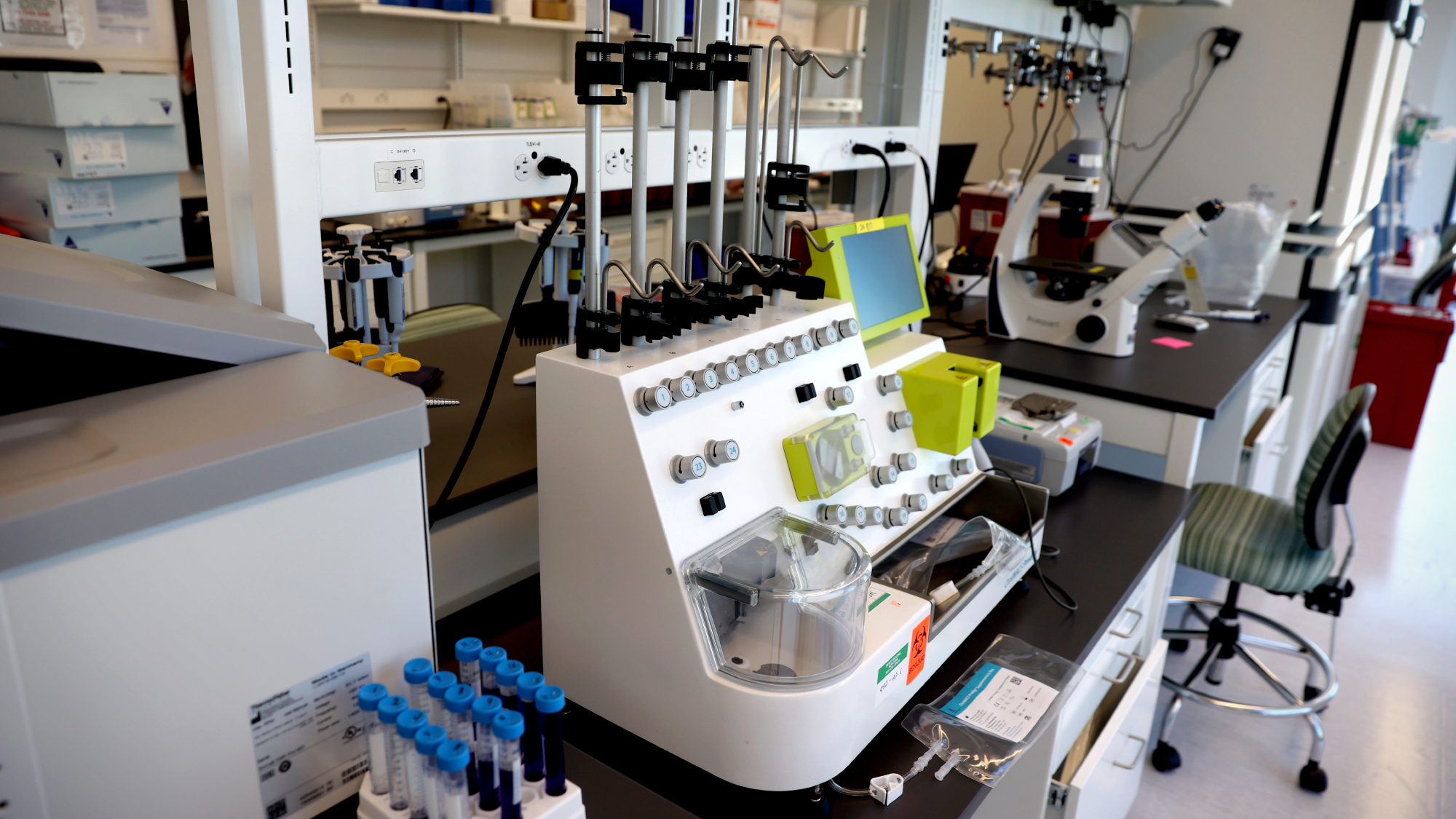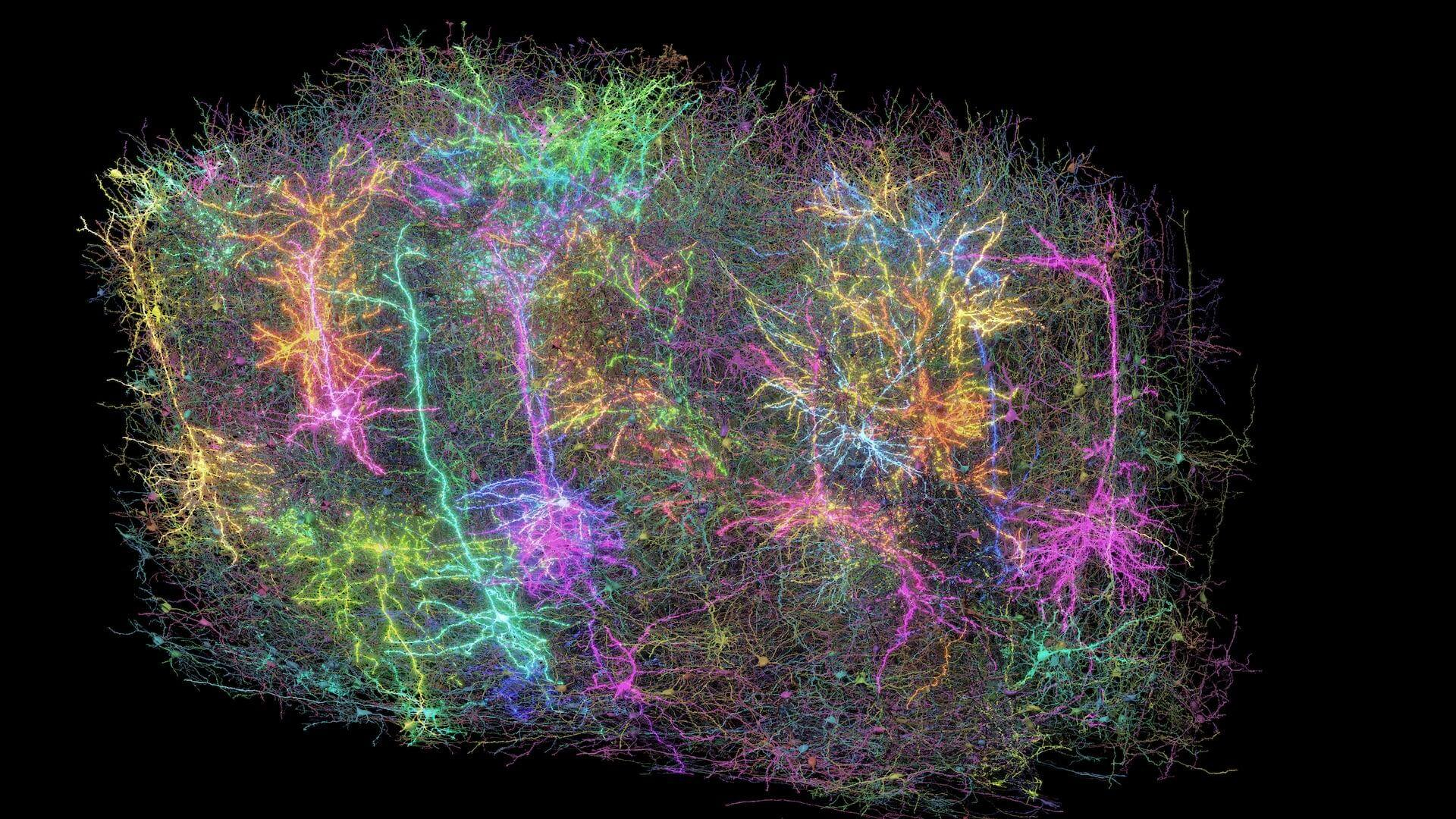The strange science of 'time reflections'
Researchers have observed time reflections in electromagnetic waves, confirming a decades-old theory


Scientists have observed something called "time reflections" in electromagnetic waves, according to a paper published in the journal Nature Physics. It's an exciting discovery that has been theorized for decades. What is a time reflection and why are scientists interested?
What are time reflections?
Time reflections, or spatial reflections, occur when "electromagnetic radiation in the form of light or sound waves hit a mirror or wall, respectively," resulting in a reflection, like a mirror image or an echo, according to Popular Mechanics. They occur "when the entire medium in which an electromagnetic wave travels suddenly changes course," causing "a portion of that wave to reverse and its frequency transforms into another one."
Time reflections involve a frequency shift, which is when "wavelengths are stretched or contracted," explained IFL Science. This is similar to the Doppler Effect, when an object's pitch changes as it moves, like "the changing pitch of police and ambulance sirens" as they drive past you.
The Week
Escape your echo chamber. Get the facts behind the news, plus analysis from multiple perspectives.

Sign up for The Week's Free Newsletters
From our morning news briefing to a weekly Good News Newsletter, get the best of The Week delivered directly to your inbox.
From our morning news briefing to a weekly Good News Newsletter, get the best of The Week delivered directly to your inbox.
They also involve a wave reversal, which is when "the end of a signal is reflected first, so that we hear the signal backwards," IFL Science added. A time reflection is "like listening to a tape on rewind — which is to say fast and high-pitched," Popular Mechanics said.
For at least 60 years, time reflections have been little more than scientific theory. They were never observed because doing so "requires changing the properties of a material quickly and substantially," explained The Independent. But now that's changed.
How did scientists observe time reflections?
To create the phenomenon in a lab, researchers had to make a special "metamaterial," which is a material "designed to interact with electromagnetic radiation," explained Nature. In this study, the metamaterials allowed elements to be "abruptly added or subtracted through fast switches," Gengyu Xu, one of the paper's authors, told SciTech Daily.
The researchers sent "broadband signals into a strip of metal filled with electronic switches that were connected to reservoir capacitors," explained Popular Mechanics. The switches were triggered at the same time, creating "conditions to change the material's properties in time both abruptly and with a large contrast," The Independent said.
A free daily email with the biggest news stories of the day – and the best features from TheWeek.com
As a result, a large portion of the signals were "instantaneously time reversed and frequency converted," reported SciTech Daily.
Why are researchers interested in time reflections?
The phenomenon "can shift the frequency" of electromagnetic waves "in ways technology could exploit across varied fields like imaging, analog computing, and optical filtering," Science Alert wrote.
From radio and TV waves to microwaves, we use electromagnetic waves a lot in our daily lives. Understanding the behavior of electromagnetic radiation can lead to innovations "including wireless communications and new small, low-energy computers," said The Independent.
The creation of metamaterials will also allow scientists to take their research further and extend "the degrees of freedom to manipulate waves," Shixiong Yin, one of the study's lead authors, told Science Alert.
Devika Rao has worked as a staff writer at The Week since 2022, covering science, the environment, climate and business. She previously worked as a policy associate for a nonprofit organization advocating for environmental action from a business perspective.
-
 5 recent breakthroughs in biology
5 recent breakthroughs in biologyIn depth From ancient bacteria, to modern cures, to future research
-
 Bacteria can turn plastic waste into a painkiller
Bacteria can turn plastic waste into a painkillerUnder the radar The process could be a solution to plastic pollution
-
 Scientists want to regrow human limbs. Salamanders could lead the way.
Scientists want to regrow human limbs. Salamanders could lead the way.Under the radar Humans may already have the genetic mechanism necessary
-
 Is the world losing scientific innovation?
Is the world losing scientific innovation?Today's big question New research seems to be less exciting
-
 Breakthrough gene-editing treatment saves baby
Breakthrough gene-editing treatment saves babyspeed read KJ Muldoon was healed from a rare genetic condition
-
 Humans heal much slower than other mammals
Humans heal much slower than other mammalsSpeed Read Slower healing may have been an evolutionary trade-off when we shed fur for sweat glands
-
 Scientists map miles of wiring in mouse brain
Scientists map miles of wiring in mouse brainSpeed Read Researchers have created the 'largest and most detailed wiring diagram of a mammalian brain to date,' said Nature
-
 Scientists genetically revive extinct 'dire wolves'
Scientists genetically revive extinct 'dire wolves'Speed Read A 'de-extinction' company has revived the species made popular by HBO's 'Game of Thrones'



